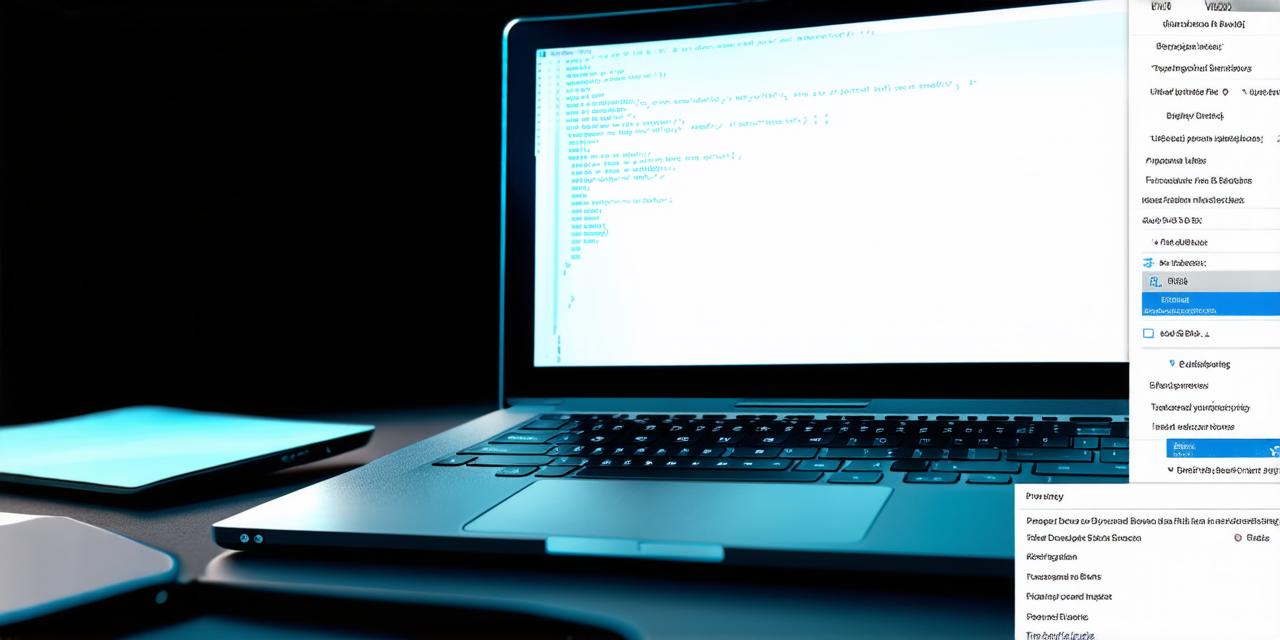Are you an Android developer looking to create a chat application? Look no further! In this comprehensive guide, we’ll take you through the process of building a simple yet functional chat app from scratch using Android Studio. We’ll cover everything from setting up the development environment to designing the user interface and implementing the chat functionality.
Getting Started with Android Studio
Before we dive into building our chat app, let’s first make sure you have everything you need to get started with Android Studio. Here are the steps to follow:
- Download and install Android Studio from the official website (https://developer.android.com/studio).
- Once installed, open Android Studio and create a new project by selecting “Empty Activity” template.
- Give your project a name and choose the minimum SDK version for your app.
- Choose the language you prefer to code in (Java or Kotlin).
- Select the default activity template and click “Finish”.
Designing the User Interface
The user interface is one of the most important aspects of any app. It should be easy to use and visually appealing. Here are some tips for designing a great user interface for your chat app:
- Use the Material Design guidelines to create a modern and consistent look and feel across your app.
- Create a layout file for your main activity that includes a TextView for displaying messages, an EditText for inputting messages, and buttons for sending and receiving messages.
- Add a RecyclerView to display the list of previous messages.
- Use placeholders for images and icons to give your app a professional look.
- Test your UI design on different screen sizes and resolutions to ensure it looks good on all devices.
Implementing Chat Functionality
Now that we have our user interface designed, let’s move on to implementing the chat functionality. Here are the steps to follow:
- Create a Firebase Realtime Database to store messages.
- Add Firebase to your app by following the instructions in the official documentation (https://firebase.google.com/docs/android/setup).
- Set up a FirebaseAuth to authenticate users and manage user sessions.
- Create a class for Message object that includes fields for sender, recipient, message content, timestamp, and any other relevant information.
- Create a method to send messages to the Firebase Realtime Database using the Message object.
- Create a method to receive messages from the Firebase Realtime Database and update the RecyclerView with new messages.
- Implement push notifications to notify users of new messages.
Optimizing for Performance and Scalability
To ensure your chat app performs well and can handle a large number of users, here are some tips to optimize it for performance and scalability:
- Use Firebase Cloud Messaging (FCM) to send push notifications instead of polling the server for new messages.
- Implement pagination to limit the amount of data retrieved from the Firebase Realtime Database at once, reducing network traffic and improving performance.
- Use a caching mechanism to store frequently accessed data in memory, reducing database queries and improving response times.
- Optimize your code for efficiency by minimizing the number of database calls and avoiding unnecessary computations.
- Test your app under heavy load to identify bottlenecks and optimize performance accordingly.
Conclusion

Building a chat application using Android Studio can be a challenging but rewarding experience. By following these steps, you’ll have everything you need to create a functional and scalable chat app that looks great on any device.
